Wiring a 3-terminal lamp socket wrong can lead to electrical hazards and lights that don’t work right. We want to avoid both of those things.
To wire a 3-terminal lamp socket, connect the hot wire to the brass terminal, the neutral wire to the silver terminal, and the ground wire to the green terminal. This will ensure the electricity flows the right way and won’t hurt anybody.
Let me break down the process of wiring a 3-terminal lamp socket for you.
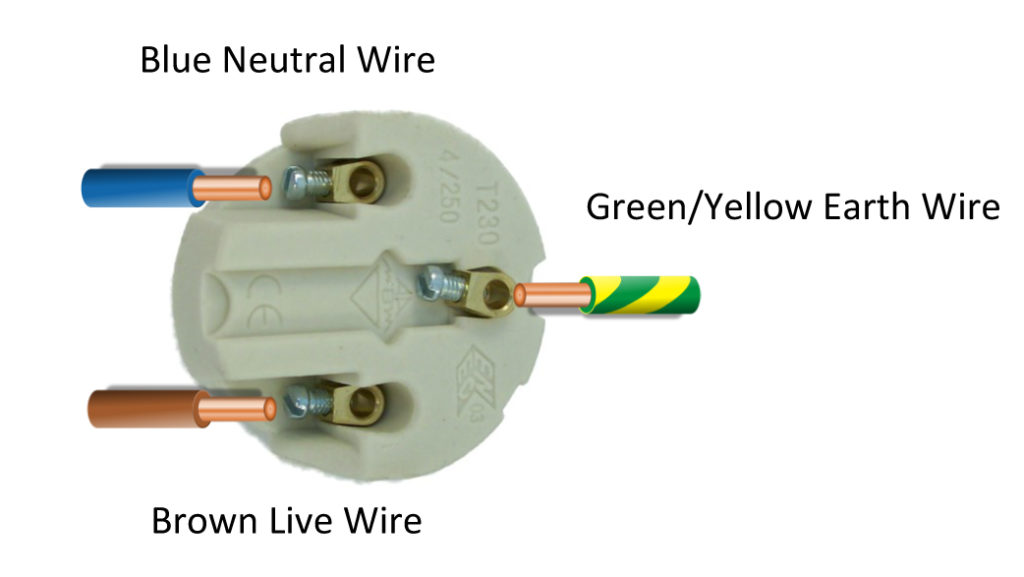
What is a 3-terminal lamp socket?
A 3-terminal lamp socket is designed for lamps that require a ground connection, offering enhanced safety. These sockets are found in fixtures that handle higher voltages or involve metal components where grounding is crucial. The three terminals on the socket consist of a hot (brass) terminal, a neutral (silver) terminal, and a ground (green) terminal.
The ground terminal plays a vital role in preventing electrical shocks by safely directing any stray or excess electricity to the ground. This adds a layer of protection, especially when working with metal lamp bodies or fixtures exposed to moisture.
How does a 3-way lamp socket work?
A 3-way lamp socket works with a special type of light bulb that contains two filaments. These filaments are controlled by the socket switch, which can activate either filament independently or both together, producing low, medium, and high brightness settings.
The switch inside the light socket controls the current flow, allowing it to alternate between the two filaments or combine them to produce different light intensities. This makes 3-way sockets a popular choice in living rooms or bedrooms where adjustable lighting is preferred.
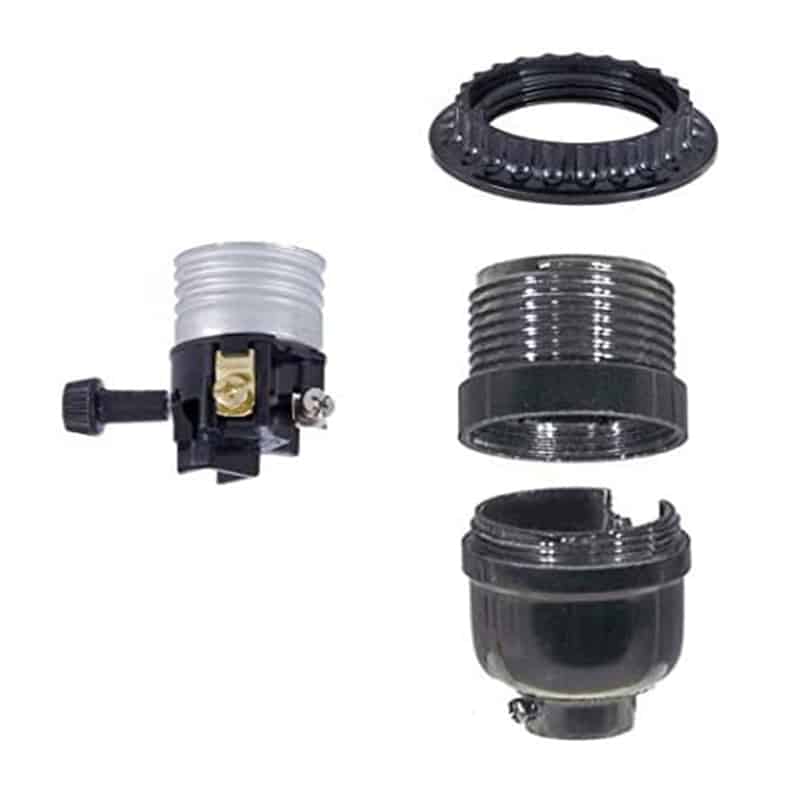
Which wire goes where on a lamp socket?
When wiring a lamp socket, the hot wire (typically black) is connected to the brass terminal. This terminal is responsible for carrying the electrical current to the light. The neutral wire (typically white) is connected to the silver terminal, completing the circuit and allowing the electricity to flow back to the power source.
Finally, the ground wire (either green or bare copper) must be connected to the green terminal. This ensures that any excess electricity is safely diverted to the ground, reducing the risk of electric shocks and improving overall safety in case of any electrical faults.
Why does my lamp have 3 wires?
Lamps that have three wires include a hot wire, neutral wire, and a ground wire. The ground wire, often green or bare, is the third wire that differentiates these lamps from simpler two-wire models. The ground wire is crucial for safety, especially in fixtures that involve metal components.
The purpose of the ground wire is to carry any stray voltage away from the metal parts of the lamp in case of a fault. Without this grounding feature, touching the lamp could potentially result in an electric shock if something goes wrong with the wiring.
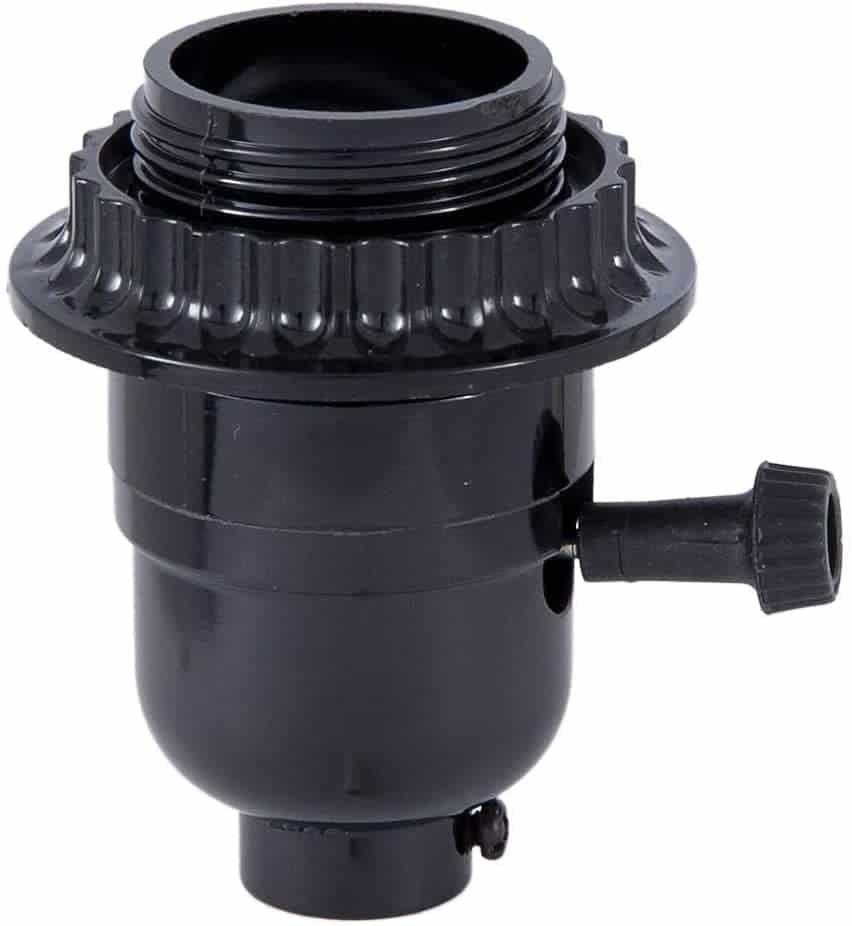
How is a 3-way light wired?
Wiring a 3-way light requires careful attention to the connections. In this setup, you’ll connect two hot wires from separate switches to the brass terminals of the socket. These wires allow for two different control points, which is why 3-way lights are often used in hallways or large rooms where you want to control the light from multiple locations.
The neutral wire should be connected to the silver terminal, ensuring the electrical circuit is complete. The ground wire connects to the green terminal, providing safety by grounding the lamp. This setup allows for independent control of the lamp from two different switches.
Does it matter how you wire a light socket?
Yes, it matters significantly how you wire a light socket. Wiring it incorrectly can result in several issues, from malfunctioning lights to more serious electrical hazards such as short circuits or even fire risks. The hot wire (black) must always go to the brass terminal, while the neutral wire (white) must be connected to the silver terminal.
If you reverse the wires, you may create a dangerous situation where the socket’s metal parts could become energized, increasing the risk of electrical shock. Always ensure that the wiring is done correctly to avoid these risks.
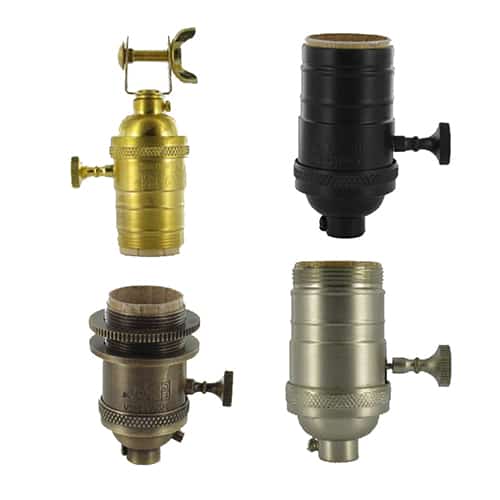
Can I put an LED bulb in a 3-way lamp?
Yes, you can put an LED bulb in a 3-way lamp, but it must be a 3-way LED bulb designed for that specific type of socket. Regular LED bulbs will only function at one brightness level in a 3-way socket, as they lack the dual-filament structure required for the low-medium-high brightness options.
A 3-way LED bulb can handle the variations in current from the socket switch and adjust its brightness accordingly. This makes it compatible with the 3-way socket’s functionality, offering adjustable lighting with modern LED efficiency.
What happens if you wire a 3-way switch wrong?
Wiring a 3-way switch incorrectly can lead to several issues. One common outcome is that the light may not work as intended, such as being unable to control the light from both switches. In some cases, the light might stay on or off, regardless of switch position.
More seriously, incorrect wiring can result in short circuits or electrical hazards. Miswiring can cause the system to overload, potentially leading to electrical shocks or damaging the light fixture and wiring. Always double-check the wiring before completing the installation.
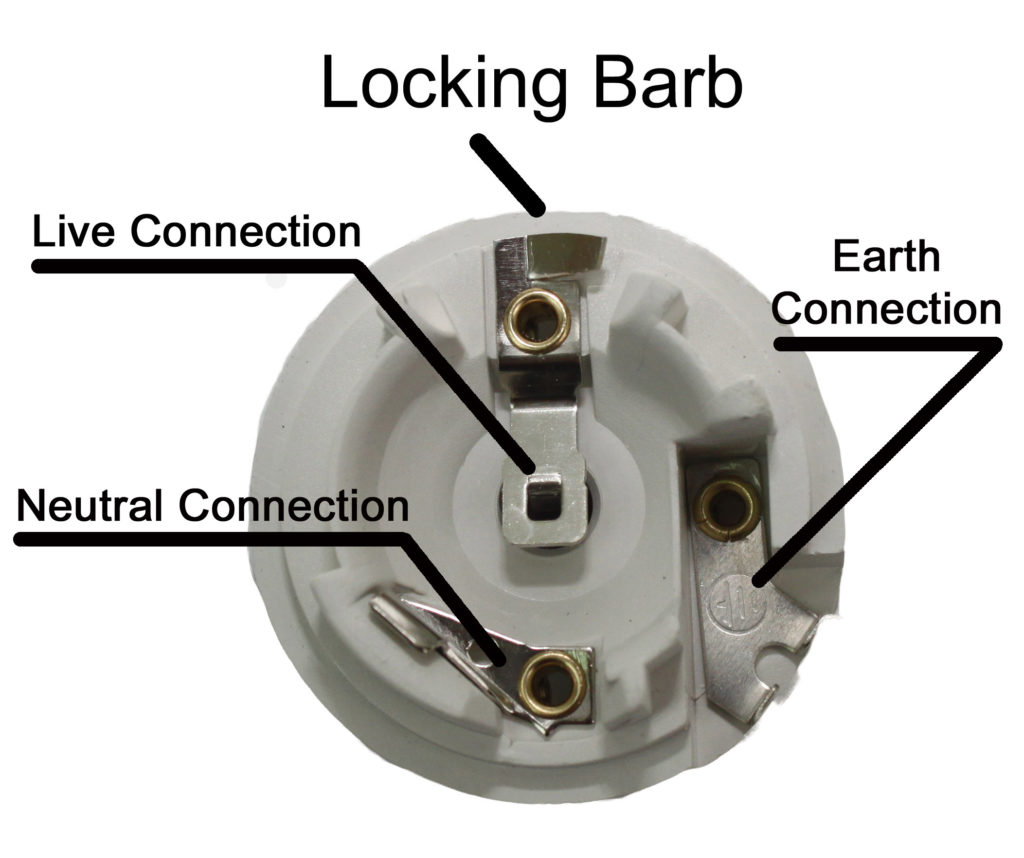
Safety considerations when wiring a 3-terminal lamp socket
When working on wiring, safety is paramount. Ensure the power is turned off at the breaker before you begin working. Use a voltage tester to confirm that the circuit is de-energized. Always wear insulated gloves and use insulated tools to minimize the risk of electric shock.
Grounding the lamp correctly is critical, especially when dealing with metal fixtures. Without a proper ground, any electrical fault could result in the metal components becoming energized, posing a severe shock hazard. Taking these safety precautions ensures a safer installation process.
Common mistakes when wiring a 3-terminal lamp socket
One common mistake is confusing the hot and neutral wires. Connecting these wires to the wrong terminals can result in the socket malfunctioning or becoming a safety hazard. Another frequent mistake is failing to secure the ground wire correctly, which compromises the safety of the lamp and increases the risk of electric shock.
Additionally, some people forget to tighten the terminal screws securely, which can lead to loose connections and intermittent power issues. Double-check all connections before powering up the lamp to ensure everything is wired correctly.
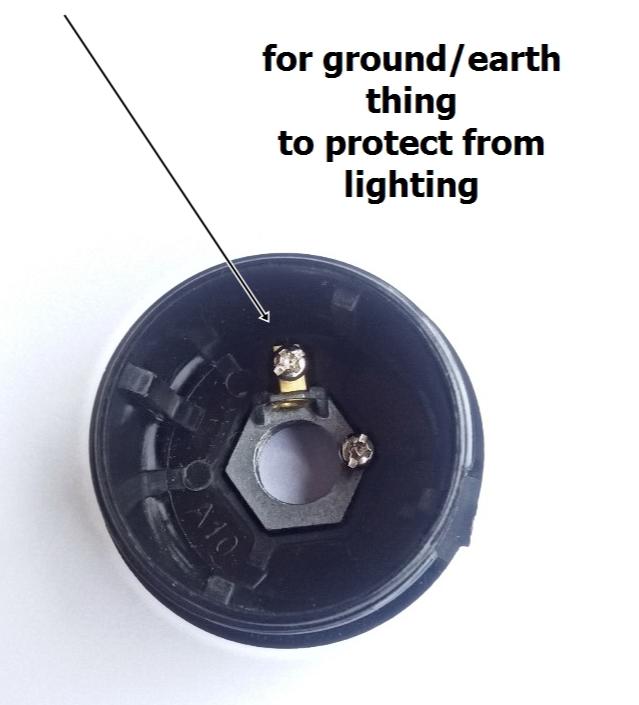
Proper wiring of a 3-terminal lamp socket is essential for both functionality and safety.













